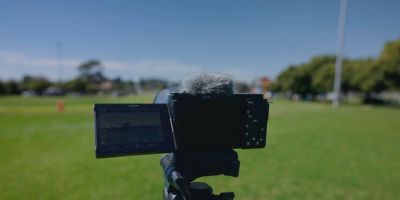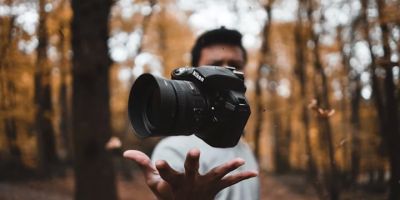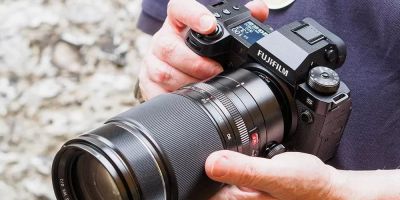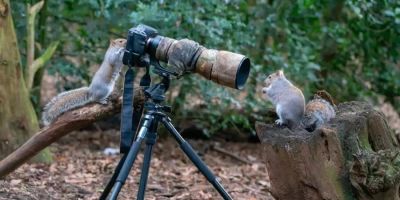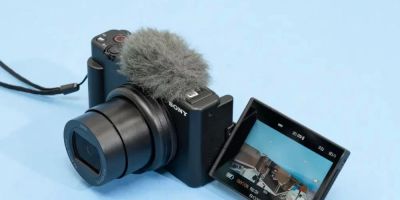- 1-Key-Features-of-Cameras-for-Wildlife-Photography-Professionals
- 2-Why-Professionals-Choose-Specialized-Wildlife-Cameras
- 3-How-to-Select-the-Best-Camera-for-Wildlife-Photography
- 4-Real-Life-Stories-from-Wildlife-Photographers
- 5-Where-to-Find-the-Best-Cameras-for-Wildlife-Photography
1. Key Features of Cameras for Wildlife Photography Professionals
Wildlife photography demands cameras that excel in speed, precision, and durability. A camera for wildlife photography professionals must offer fast and accurate autofocus systems to capture elusive animals in motion. High-resolution sensors ensure that even distant subjects are rendered with sharp detail, while excellent low-light performance helps in dawn or dusk shoots.
Durability is equally important, with weather-sealed bodies protecting against dust, moisture, and harsh outdoor conditions. Long battery life and quick image processing also allow photographers to keep shooting for extended periods without interruption.
1.1 Advanced Autofocus and Burst Shooting
Top wildlife cameras incorporate hybrid autofocus systems with face and eye tracking tailored for animals, alongside high frames-per-second burst rates. This technology increases the chances of capturing the perfect moment during unpredictable wildlife behavior.
2. Why Professionals Choose Specialized Wildlife Cameras
Wildlife professionals require gear that adapts to challenging environments and subjects. Unlike general-purpose cameras, specialized wildlife cameras provide enhanced zoom capabilities with telephoto lenses and stabilization to maintain image clarity at great distances.
Moreover, the rugged construction and reliable performance of these cameras reduce the risk of failure in remote or extreme habitats, which is crucial when opportunities for shots are rare and fleeting.
2.1 The Importance of Weather Sealing and Ergonomics
Weather sealing is critical for outdoor use, protecting equipment from rain, dust, and temperature variations. Ergonomic designs with intuitive controls allow photographers to react swiftly and comfortably in dynamic settings.
3. How to Select the Best Camera for Wildlife Photography
Choosing the right camera depends on a mix of technical needs and personal shooting style. Here are essential considerations:
3.1 Sensor Size and Image Quality
Full-frame or APS-C sensors provide high resolution and dynamic range needed for wildlife detail. Evaluate noise control for shooting in low-light conditions.
3.2 Autofocus System and Speed
Look for cameras with advanced autofocus tracking and high burst rates, essential for fast-moving subjects.
3.3 Portability and Battery Life
Balance the camera’s weight with battery performance to ensure you can carry it comfortably during long field sessions.
4. Real-Life Stories from Wildlife Photographers
Emma, a professional wildlife photographer, shares how upgrading to a camera with superior autofocus and weather sealing allowed her to capture rare shots of elusive mountain goats in harsh alpine weather. Her ability to focus quickly and shoot rapidly in difficult conditions led to some of her most acclaimed images.
Similarly, James recounts photographing migratory birds at dawn, relying on his camera’s low-light sensitivity and fast burst mode to freeze wings mid-flight. These features transformed his approach and boosted the quality of his portfolio.
Such stories illustrate how the right camera empowers professionals to push creative and technical boundaries in wildlife photography.
5. Where to Find the Best Cameras for Wildlife Photography
For wildlife photography professionals seeking reliable, high-performance cameras, Photo Studio offers expertly curated options. Whether you need cutting-edge autofocus systems, rugged weather sealing, or long battery life, Photo Studio helps match your requirements with the best products available.
By visiting Photo Studio, photographers gain access to trusted brands, customer reviews, and personalized advice that make investing in professional wildlife gear seamless and confident.

